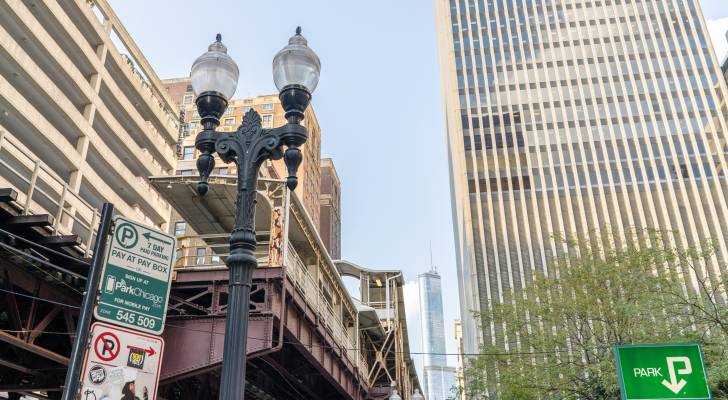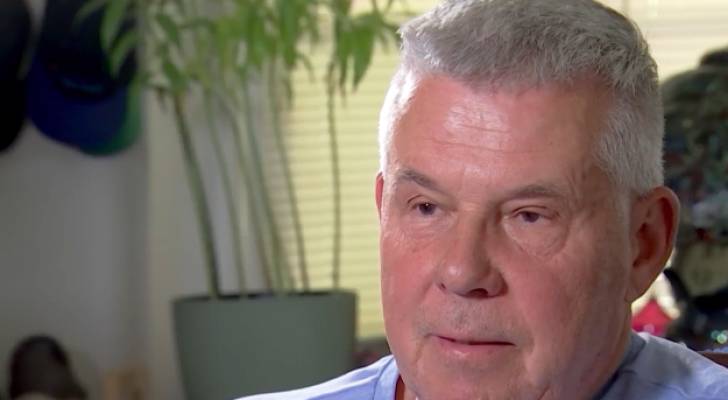‘I’m speechless’: San Francisco families feel betrayed after learning $3.8M in donations meant for local playgrounds were allegedly used on expenses like ‘swanky galas’ and staff bonuses


The San Francisco Parks Alliance (SFPA) — a nonprofit foundation established to “create, sustain and advocate for parks” — has abruptly shuttered amid a media and legal firestorm over alleged mismanagement involving at least $3.8 million in donations. That leaves donors like Nicola Miner — whose Baker Street Foundation donated $3 million to the SFPA […]
‘A lesson in worst practices’: Shocking audit reveals Chicago parking meters have made $2B for a private company — with 58 years still left in the deal. What everyone can learn from this


Have you ever been strapped for cash? Perhaps you took a payday loan, sold a long-term asset or even made an early withdrawal from your 401(k). And chances are, you’ve later regretted it. This is the situation the City of Chicago finds itself in — and the cost may have been billions. Privatizing public infrastructure […]
I’m 28, recently married, with zero debt — I’ve always wanted to own a house but the market seems so lousy right now. Is it smarter to invest in the S&P 500 and save up while renting for now?


Jamie, 28, recently married her long-time boyfriend, Ben. They’ve always been careful with their money as a couple, sticking to a monthly budget and saving 15% of their salaries. They even opted for a small, simple wedding rather than racking up debt. Jamie and Ben rented a small one-bedroom apartment when they moved in together […]
I’m 56 and my wife died suddenly a few weeks ago. I’m finally ready to think about the future, but she made 65% of our income and I won’t be able to afford our bills on my own — what do I do?
Consider this scenario: Paul’s wife unexpectedly passed away a few weeks ago. Aside from the shock of losing the love of his life, he has a new source of stress he wasn’t prepared for: His wife made 65% of their household income. And he can’t afford the mortgage on his own. Don’t miss I’m 49 […]
Here are 3 Social Security myths that can ruin your retirement — are you falling victim to any of them?


Your friend’s cousin on Facebook may be a smart guy, but since he’s not a tax expert, you might want to avoid taking advice from him on the latest Social Security benefit rules. If you have questions about Social Security, your best bet for information is the Social Security Administration (SSA) website or your financial […]
There’s a new ‘magic number’ Americans say they’ll need to retire comfortably — and it’s a shocking change since 2024. Here’s how to reach it ASAP without turning to sorcery


Humans often seek easy answers and shortcuts. This is not always a flaw, but a form of efficiency. So, it’s no surprise that we want a ‘magic’ answer to one of the biggest financial decisions we need to make: how much to save for retirement. As a result, we often have a ‘magic number’ in […]
Car theft in Chicago is dropping, say police — but now these 3 brands are hot-ticket items for thieves looking to commit bigger crimes. Do you drive one of them?


There’s good news and bad news for Chicagoans worried about car thefts. First the good news. With co-ordinated efforts from police, lawmakers and automakers across the country, car thefts are tracking down nationwide. Don’t miss I’m 49 years old and have nothing saved for retirement — what should I do? Don’t panic. Here are 6 […]
Can buying in bulk actually cost you more? Why Americans desperate for savings should be wary of warehouse clubs like Costco


With prices rising, consumers are increasingly looking for ways to save money. And one way to do that is through warehouse club retail stores, like Sam’s Club, Costco and BJ’s Wholesale Club. But is membership all it’s cracked up to be? Shopper Britney Downing tells KHOU-11 that she saves on cereal for her five kids. […]
‘We’re looking at a slowdown’: 3 warning signs point to a U.S. recession. Find out what the indicators are and how to protect your finances in the months ahead


The U.S. is not in a recession — yet. But with policy uncertaintly around tariffs, mass deportations and Department of Government Efficiency (DOGE) cuts, some economic observers believe the odds are rising. “We’ve got a real uncertainty problem, it’s going to be hard to fix that,” former Treasury Secretary Lawrence Summers said in an interview […]
‘I’m Daisy from Apple’: This Philadelphia man lost over $1,000,000 in 2 back-to-back scams — plus red flags to watch for next time you call a business for help


Joe Subach was just trying to send some money to a friend. But one phone call later, with a woman named ‘Daisy,’ and his financial situation was forever changed. Subach was the victim of two back-to-back scams — one that even involved him handing over his precious metals to money mules — that drained him […]